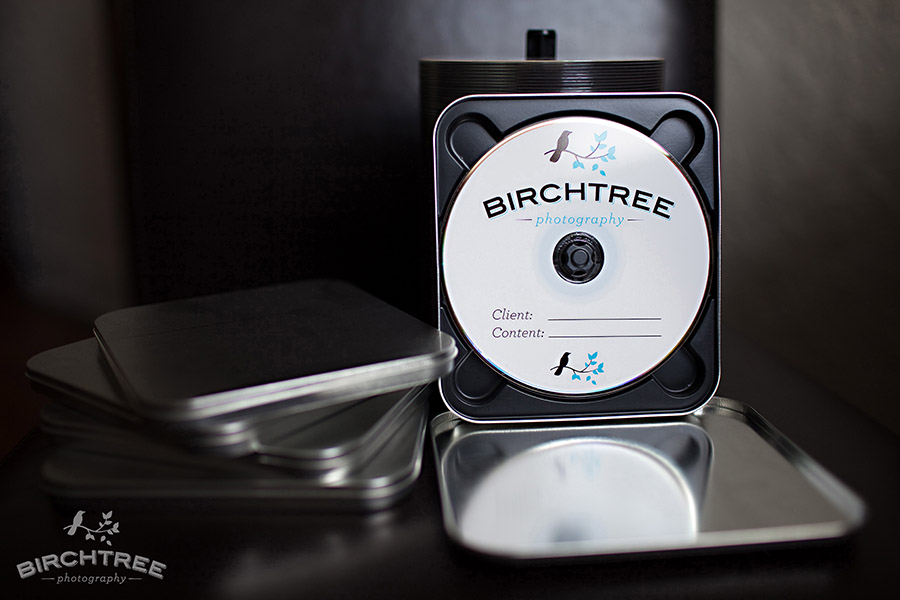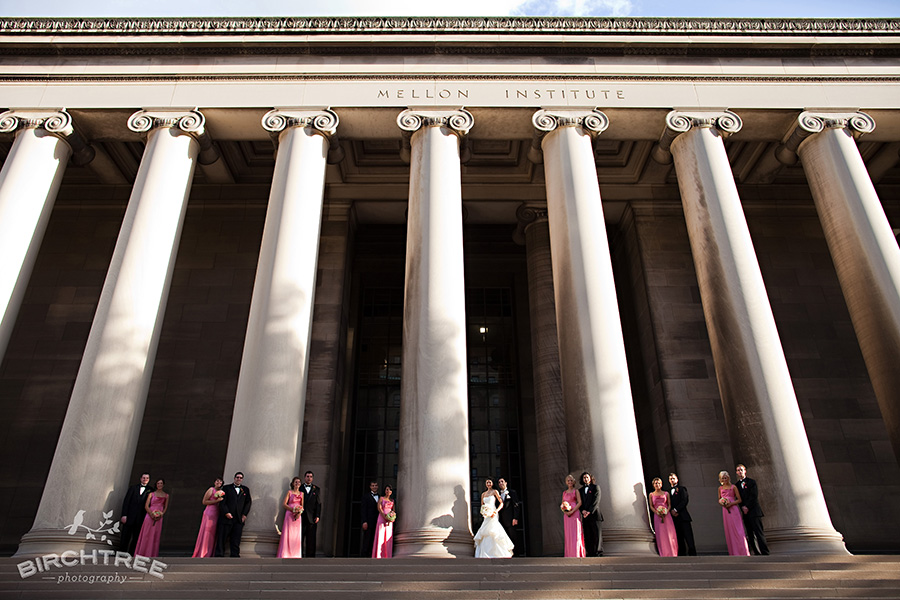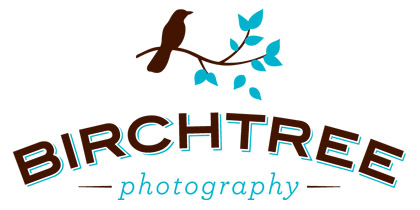As digital photography has grown over the past ten years, it’s become increasingly easier for the average consumer to own incredibly smart digital cameras. Along with that rise in digital SLR camera ownership has come a heightened awareness about the nuances of photo file types and the power of Photoshop and editing.
For most people, taking digital photos is as easy as snapping a “pic” on their iPhone or digital camera and uploading it to Facebook. Others enjoy delving into some Photoshop editing–turning color to black and white and all sorts of other (sometimes crazy) edits. The noun Photoshop has even become a verb, as in “Oh you can just photoshop that tree out, right?” So what’s the difference between that and what I do for my clients’ wedding photos? I’ve already written about why you won’t see your photos on Facebook the night of your reception (ie, why they are not instantly “finished”), but I wanted to explain a little more about what you get when you receive your images on a disc.

Traditionally, the most universal file format for digital cameras is JPEG. The camera’s computer gathers the information when you snap the shutter and then compresses it into the JPEG format. The compression means the files lose some information in the process. Conversely, a RAW file is an uncompressed file that the camera’s computer makes when you snap the shutter. Most consumer point and shoot cameras don’t even have this file type option, but a lot of “prosumer” digital SLR cameras do. This means a lot more people are aware of the capabilities and difference between the file types, and some may be wondering what format I use for my clients’ photos.
At first glance, it would appear the RAW format is the best digital file format for photos–after all, there’s minimal loss of information. So why not keep all your files in that format? The short answer is that there are only a few dedicated computer programs that can actually read RAW files. They’re called RAW for a reason–they’re unfinished. Not to mention, these files are HUGE. I actually shoot everything in RAW format, and I typically take around 75+ gigabytes of photos at every wedding. That’s a lot of space. Even after editing down to the “keepers,” there’s no way I would be able to fit all the photos from a client’s wedding on one disc. Not to mention, most people’s computers wouldn’t even be able to use the files. So why bother with RAW in the first place?
I prefer to have the maximum amount of information when I’m taking photos–it’s much easier to edit them later if I have more file information. I can color correct, adjust exposure, and so forth. Once I’m done with those initial edits, though, I no longer need the RAW files. I convert all my final photos to a high quality JPEG format, and I discard the RAW files. The JPEG files are the very same files I use to make prints, albums, and yes, even 30″x40″ wall canvases. Sure, they are compressed files, but for most purposes, the quality is just fine. Although there are other compressed file types (TIFF), I only use JPEG. I’m sure if I was planning on making a room-sized or giant billboard-sized print, I might use a different file type, but that’s not going to be happening every day.
So, I deliver all my client’s final edited images in JPEG format, print ready and easy to access.


by mary
Mark - Great write up, I was thinking of doing something similar to this, (maybe a mouse roll over image) to show clients the difference between; first proofs to final images, sometimes its the suttle differences that make the photo.
thanks